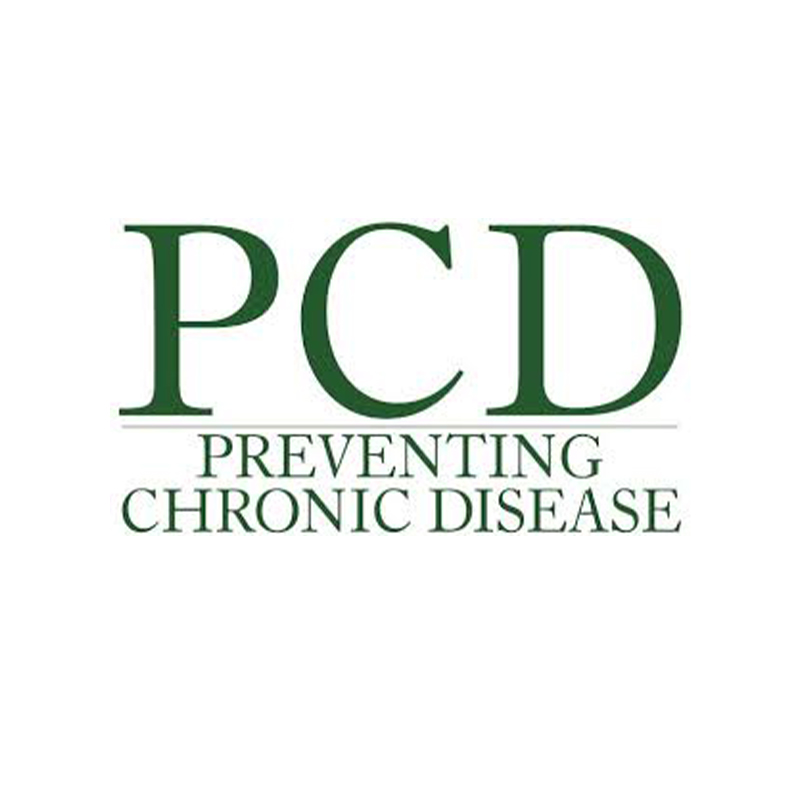Lessons from the Maternal Adiposity, Metabolism, and Stress (MAMAS) Study
Coleman-Phox, K., Laraia, B. A., Adler, N., Vieten, C., Thomas, M., & Epel, E. (2013). Recruitment and retention of pregnant women for a behavioral intervention: lessons from the maternal adiposity, metabolism, and stress (MAMAS) study. Preventing Chronic Disease, 10, E31.
Abstract
Introduction: Recruiting participants for research studies can be challenging. Many studies fall short of their target or must prolong recruitment to reach it. We examined recruitment and retention strategies and report lessons learned in a behavioral intervention developmental trial to encourage healthy pregnancy weight gain and stress reduction in low-income overweight pregnant women.
Methods: In the San Francisco Bay area from February 2010 through March 2011, we used direct and indirect strategies to recruit English-speaking overweight and obese pregnant women who were aged 18 to 45, were in the early stages of pregnancy, and who had an annual household income less than 500% of the federal poverty guidelines. Eligible women who consented participated in focus groups or an 8-week behavioral intervention. We identified successful recruiting strategies and sites and calculated the percentage of women who were enrolled and retained.
Results: Of 127 women screened for focus group participation, 69 were eligible and enrolled. A total of 57 women participated in 9 focus groups and 3 women completed individual interviews for a completion rate of 87%. During recruitment for the intervention, we made contact with 204 women; 135 were screened, 33% were eligible, and 69.1% of eligible women enrolled. At 1 month postpartum, 82.6% of eligible women completed an assessment. Recruiting at hospital-based prenatal clinics was the highest-yielding strategy.
Conclusion: The narrow window of eligibility for enrolling early stage pregnant women in a group intervention presents obstacles. In-person recruitment was the most successful strategy; establishing close relationships with providers, clinic staff, social service providers, and study participants was essential to successful recruitment and retention.
